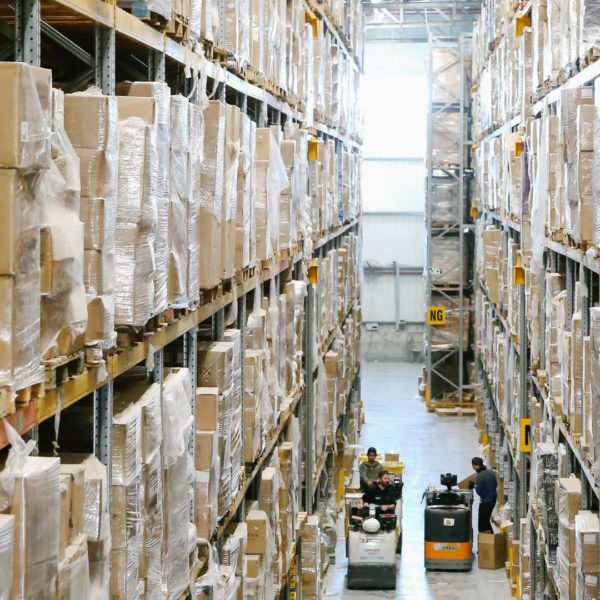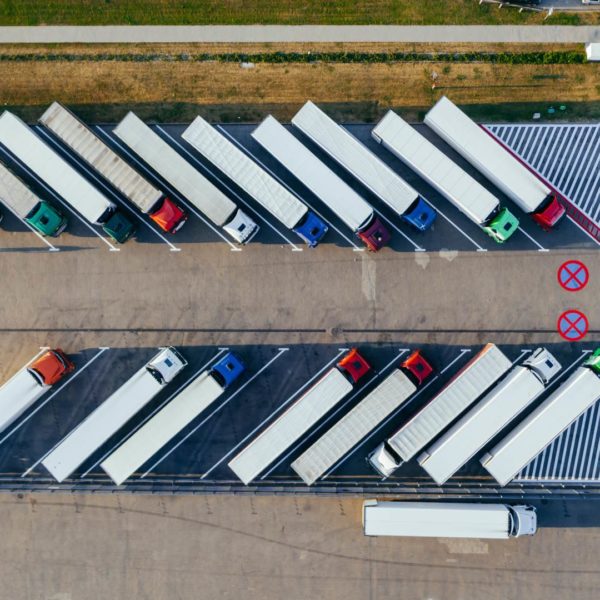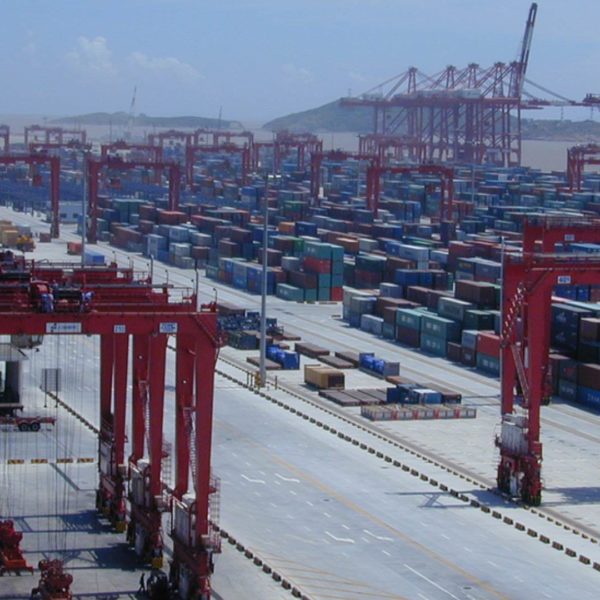Supply chain planners faced stiff obstacles in 2021.
With the ongoing pandemic, potentially worsened chip shortages, supply chain disruptions will continue well into 2022 and potentially beyond. It’s important to learn from prior supply chain weaknesses and create updated processes that add resilience to maintaining operations and inventory.
Supply chains continue to face numerous challenges with increased costs associated with international and domestic transportation, fulfillment, warehousing and product sourcing. Often these cost increases mean the “landed cost” of goods on store shelves have risen dramatically, crunching product profit margins and requiring an increase in product prices to the consumer. This is one of the core reasons behind the recent reports of significantly increased consumer price indexes, helping to drive inflation.
Here are a few supply chain lessons that planners and logisticians learned in 2021.
Diversify Operations
Relying on a single supplier is a recipe for tough inventory management issues, it only takes one breakout of covid at a warehouse or port facilities to trigger shipment delays large enough to prevent replenishment inventory from reaching shelves or distribution centers quick enough.
Many large retailers have made diversifying their supplier and transportation base a priority in an effort to make their supply chains much more resilient when a disruption occurs. It’s the same philosophy of not having all your eggs in one basket. Without a doubt, disruptions will occur, but it’s important to plan for this and make sure that an issue or covid outbreak at a specific location won’t completely prevent operations and ultimately disrupt sales.
With smaller ecommerce brands this often comes in the form of using multiple suppliers and multiple ways to fulfill orders. Smaller ecommerce brands have fewer resources than massive companies.
Plan Ahead and Expect Disruption
Perhaps the largest yet most basic takeaway from 2020 and 2021 is to be much more careful to plan ahead and expect disruptions. Prior, supply chain disruptions would be potentially less expected, thus fewer plans developed to counter common issues.
Building contingency plans is critical to properly maintaining operations and keeping inventory on hand. International ocean shipping and drayage delays are so commonplace that it should be baked into all planning and logistics processes that are created.
Technology is Critical
Introducing more technology in supply chain and logistics networks is another important step to take, the better the shipment visibility, the more accurate the data and arrival times are for shipments, the quicker that supply chain planners can make accurate and quick decisions to overt problems or prevent larger supply chain issues. Shipment visibility and tracking has massively evolved in the last couple of years with numerous technology products and services both from industry incumbents and startups.
Keeping accurate information coming to supply chain managers is one of the most important lessons learned in a pandemic world. Think hard about the type of shipment tracking you have, and how accurate your data is.
Capacity Planning
Planning for transportation capacity is a struggle in current freight market conditions. It’s important to not solely rely fully on either the spot market or contract rates, as either presents pricing and capacity risks. A more blended transportation plan with a mix of long term and short term contracts in addition to spot capacity is recommended to balance the ability to utilize freight capacity and prevent stratospheric pricing.
Depending on freight volumes, it might make sense for importers to transload some percentage of freight at a cross dock facility near the port from the international containers to domestic 53 ft dry vans or intermodal containers. This will reduce inland transportation spend and provide a method by which importers can mix and match freight between containers before being moved further inland which can help balance the product mix being delivered. This also will reduce the need to long haul inland drayage, and reduce the likelihood of increased fees for not returning containers if a delay occurs.
Introducing domestic intermodal into supply chains can also provide capacity and freight spend relief if longer lanes are utilized. Intermodal typically provides capacity somewhat independent of over the road trucking capacity and rates are less volatile meaning that freight can move on intermodal at lower rates or when capacity is simply not available on over the road trucking options.
Final Thoughts
Supply Chain Disruptions are not going away, it’s important than to focus on preventing major operational issues arising from supply chain disruptions. As we mentioned this is using every strategy available to maintain inventory throughout your various sales channels and seek to maintain control of product costs.
It’s critical to maintain data analytics to allow for comparisons of what is working, vs what isn’t working and use this data to inform decision making. Over time this will become a great guide for your team to continuously improve operations and supply chain strategy.



